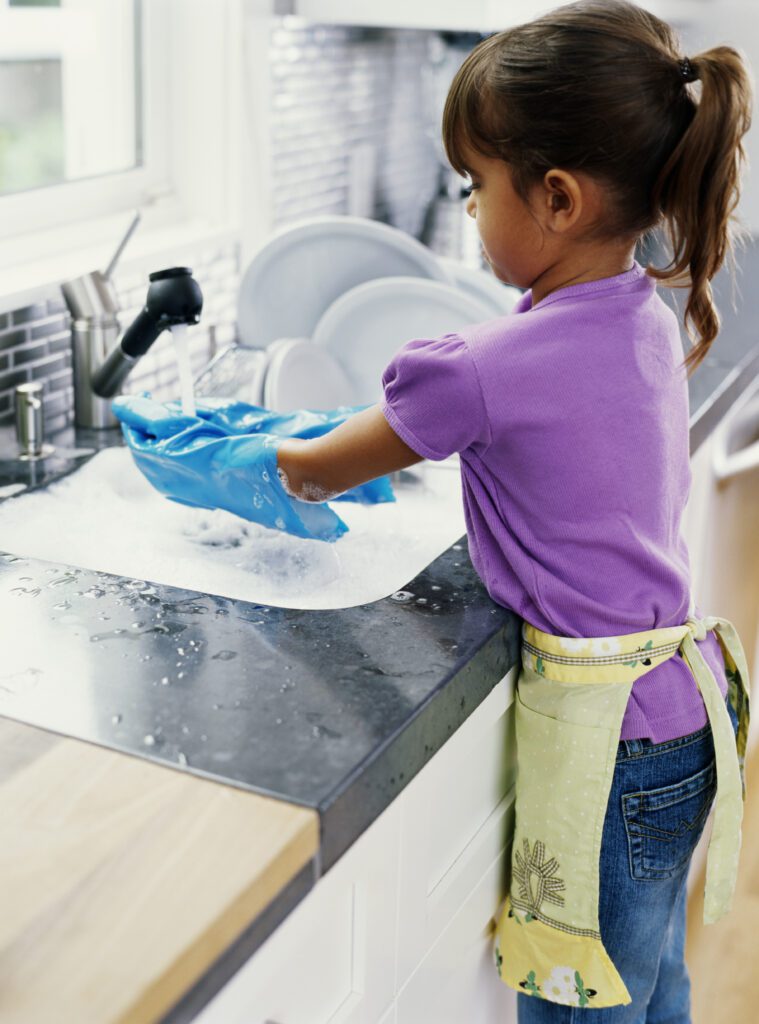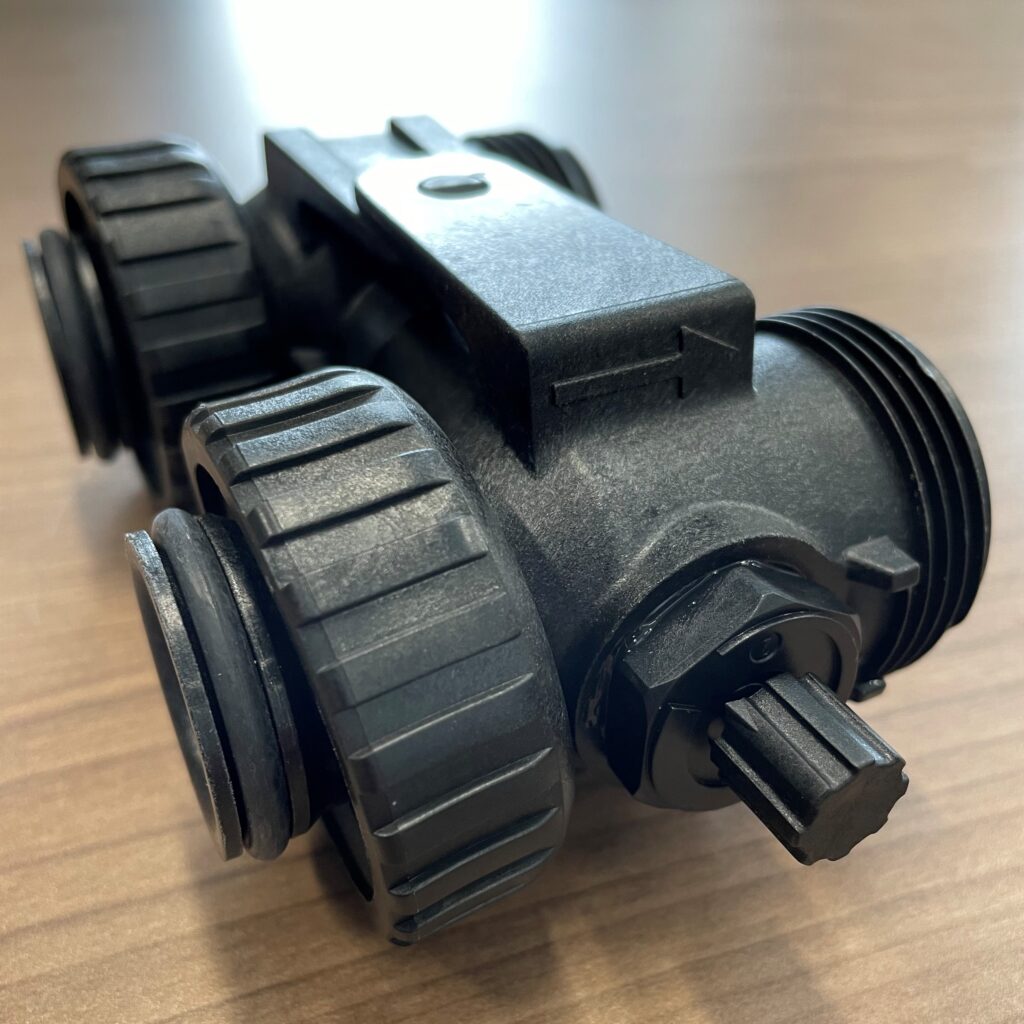
Water softeners use salt to remove minerals, or hardness, from water, which protects fixtures and appliances from mineral buildup (scale). But all that salt ends up down the drain and in local freshwater streams, where it can pollute water.
Use a blending valve to get the benefits of softened water while reducing your salt use. With this feature, you can adjust your water hardness so the water is not mineral-free, but low enough in minerals that scale buildup is minor or unnoticeable.
How blending valves save salt
Blending valves, sometimes called mixing valves, divert a small portion of your hard water supply around the water softener and mix it back into water that has been softened. This results in water that is mostly soft, but has a small amount of hardness. Because your water softener doesn’t have to soften as much water, it uses less salt.
The hardness of water is measured in grains per gallon (gpg). If your home’s water supply has a natural hardness of 20 gpg, and a blending valve is set to 2 gpg, the water in your home will contain 10% of its original hardness. That means you will use 10% less salt than you would if your water was fully softened. The higher the hardness level, the less salt you will use. However, more hardness means more potential scale.
Get the softness level you want
Blending valves can be set to different softness levels based on your preferences.
0 gpg
100% soft.
All water has gone through a water softener. This level prevents any scale buildup from forming on fixtures and appliances that receive soft water, but uses the most salt.
1-3 gpg
Mostly soft.
Setting a blending valve at this level will reduce your salt use and cause very little scale.
4-7 gpg
Moderately hard.
At this level, you’ll save more salt, but might experience more scale in your home. This level of hardness is similar to the natural hardness of some bodies of surface water.
7+ gpg
Hard.
Above this level, scale
becomes more of an issue, and the buildup can make your water heater and other water-using appliances and fixtures less efficient. Too-hard water can void your water heater warranty
– check yours for the maximum level of hardness.
Keeping water fresh with blending valves

This District has a goal to increase the use of blending valves. We get too much salt, mostly from water softeners, so we’re working to keep water fresh by reducing the amount of salt used by softeners.
Many water softeners have a blending valve or a setting that controls the blending valve on the unit. A service technician can program this setting to your desired softness, helping you balance your soft water use and your salt use.
This article was written by District pollution prevention specialist Emily Jones. For more information on salt reduction strategies in your home, visit our Salt Reduction for Residents page, or learn about Wisconsin Salt Wise strategies.






